I don't really understand the protecting API using APIResource and APIScopes
I have an angular client application which is calling a .Net APIs lets say API1, Api2 , How can I define the values in APIResource.
I am going through the Identity server4 (version 4.0.0) database table after migration. I found the tables as below
ApiResources
ApiResourceScopes
ApiResourceClaims
ApiResourceProperties
ApiResourceSecrets
ApiScopes
ApiScopeClaims
ApiScopeProperties
My understanding was either we can use 1-5 tables for API setups or we can use 6-8 tables. I tried with tables 1-5. Added values in ApiResources ,ApiResourceScopes & ApiResourceClaims but getting below error
[18:03:53 Debug] IdentityServer4.EntityFramework.Stores.ResourceStore
Found ["TestAPI.Read"] scopes in database
Values in Tables
what is the use of ApiResourceClaims table? is this returning user claims with access token?
How do I access this scope from the client?
Is there any other tables, do I need to add data?

